
- Home
- Decade
- Features
- 8-day (19)
- Antique (31)
- Boxed (9)
- Carvings (26)
- Decorative (19)
- Dragon-antiques.com (6)
- Framed (32)
- Framed, Signed (7)
- Gilded (85)
- Gilded, Pair (93)
- Hand Painted (14)
- Limited Edition (8)
- One Of A Kind (ooak) (17)
- Ornate (19)
- Pair (151)
- Reclaimed (13)
- Roses Grapes (6)
- Salvage (49)
- Signed (17)
- Updated Wiring (8)
- ... (3409)
- Material
- Size
- Style
- Adams (10)
- Antique (63)
- Antique Style (15)
- Art Deco (27)
- Art Nouveau (42)
- Empire (25)
- France (11)
- French (493)
- French Country (29)
- French Empire (16)
- Louis Philippe (19)
- Louis Phillipe (13)
- Louis Xiv (64)
- Louis Xv (529)
- Louis Xvi (739)
- Miniature (18)
- Realism (20)
- Rococo (36)
- Traditional (15)
- Victorian (24)
- ... (1830)
- Type
Antique Portrait Engraving, French Churchmen Circa 1780, by Louis Cathelin
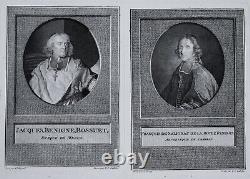
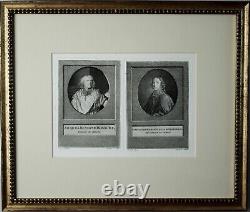
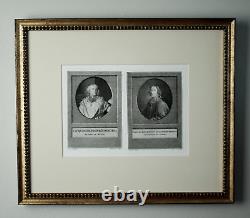


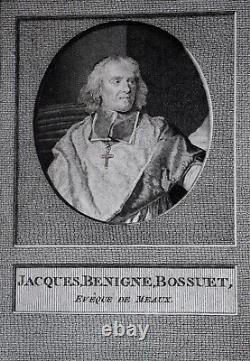
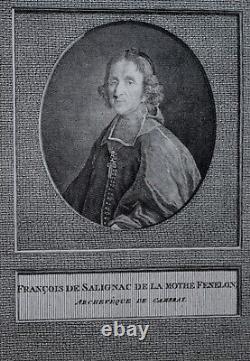


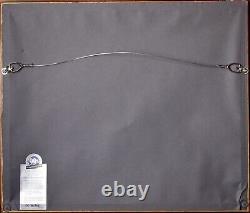


Louis-Jacques Cathelin - Portraits of Bossuet and Fénelon - Circa 1780. Singular double engraving, showing on the left the Bishop of Meaux, Bossuet (after the original painting by Rigaud), and on the right, the Archbishop of Cambrai, Fénelon (after the original painting by Vivien). This double engraving certainly relates to the famous theological dispute between the two clergymen.
Bossuet entered into a bitter conflict with Fénelon and persecuted his adversary with special wickedness to the point of finally causing him to fall out of favour with the king, who exiled him. He also obtained the condemnation by the Pope of the "Maxims of the Saints", written by Fénelon. Louis-Jacques Cathelin, born in Paris in 1738 and died in the same city in 1804, was a French engraver. He began in 1762 as a pupil of Jacques-Philippe Le Bas and very quickly excelled in representing the portraits of notable figures in the narrow frame of a medallion.He was admitted to the Academy in 1777. He produced portraits of court figures, scholars, artists and politicians. After a hiatus during the revolutionary period, he produced, from the year VIII, portraits which appeared for books. Jacques-Bénigne Bossuet, born September 27, 1627 in Dijon and died April 12, 1704 in Paris, was a man of the Church, bishop and French writer. A renowned preacher from early in his career, he gave sermons and funeral orations which remain eminent to this day.
He was the author of an abundant written work on spirituality, responsible for the instruction of the king's eldest son, the anti-Protestant controversy and various other controversies, including that which opposed him to Fenelon on the subject of Quietism. François de Salignac de La Mothe-Fénelon, or Fénelon, was born August 6, 1651 at the Château de Fénelon in Sainte-Mondane (Quercy, now Dordogne) and died January 7, 1715 in Cambrai. He was a man of the Church and theologian, a French teacher and writer.
Fénelon also wrote several other works concerning education or didactics. Notes: Benezit Oxford Art Online; Wikipedia. Dimensions: 22.5 x 29 cm. / 9 x 11 ½ in. (sheet) / 15 x 21 cm./ 6 x 8 ¼ in. Frame: 33 x 38 cm.
/ 13 x 15 in.
